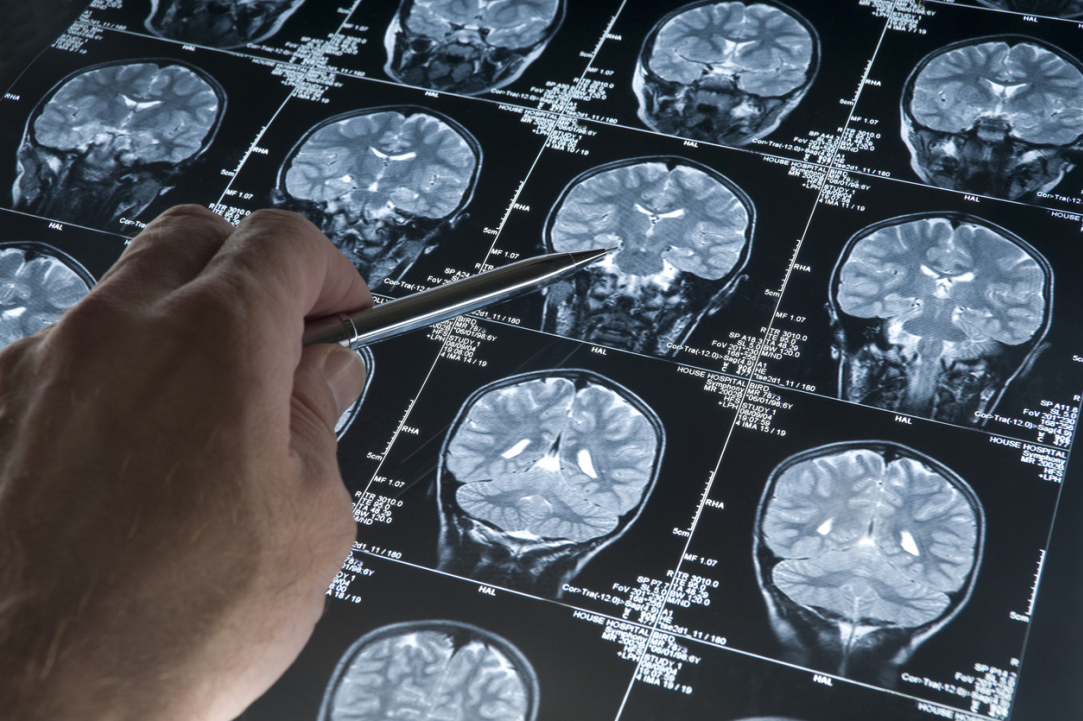
Stimulating the Blood-Brain Barrier Can Help Patients with Alzheimer's
Researchers at HSE University and the Russian Academy of Sciences Institute of Molecular Biology have proposed investigating the response of the blood-brain barrier (BBB), the brain's natural filter that becomes disrupted by the disease, to transcranial brain stimulation. Understanding how the BBB changes during stimulation can, in theory, enhance treatment by facilitating more effective delivery of medications to the brain in the early stages of the disease, and by providing therapeutic support for brain function in the latter stages. The study has been published in Communications Biology.
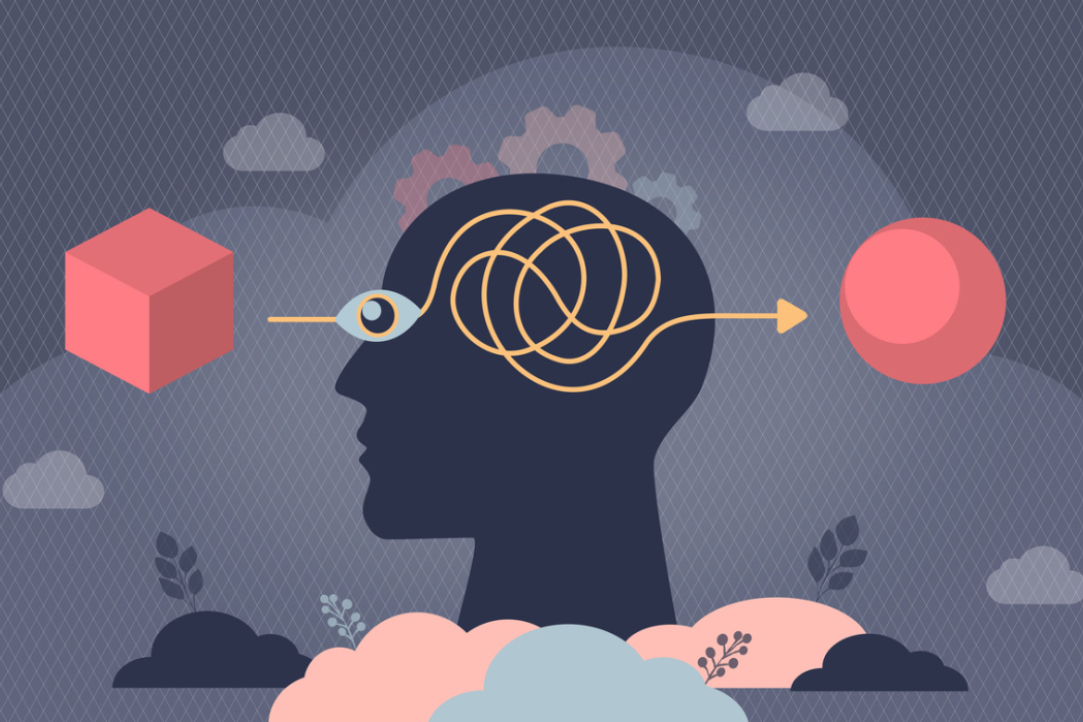
HSE Researchers Question the Correctness of Experiments Denying Free Will
Neuroscientists from HSE University have criticized the famous studies that question the free will of our decisions. You can’t shift responsibility for your actions to the brain. The results of the new work were published in the Neuropsychologia journal.
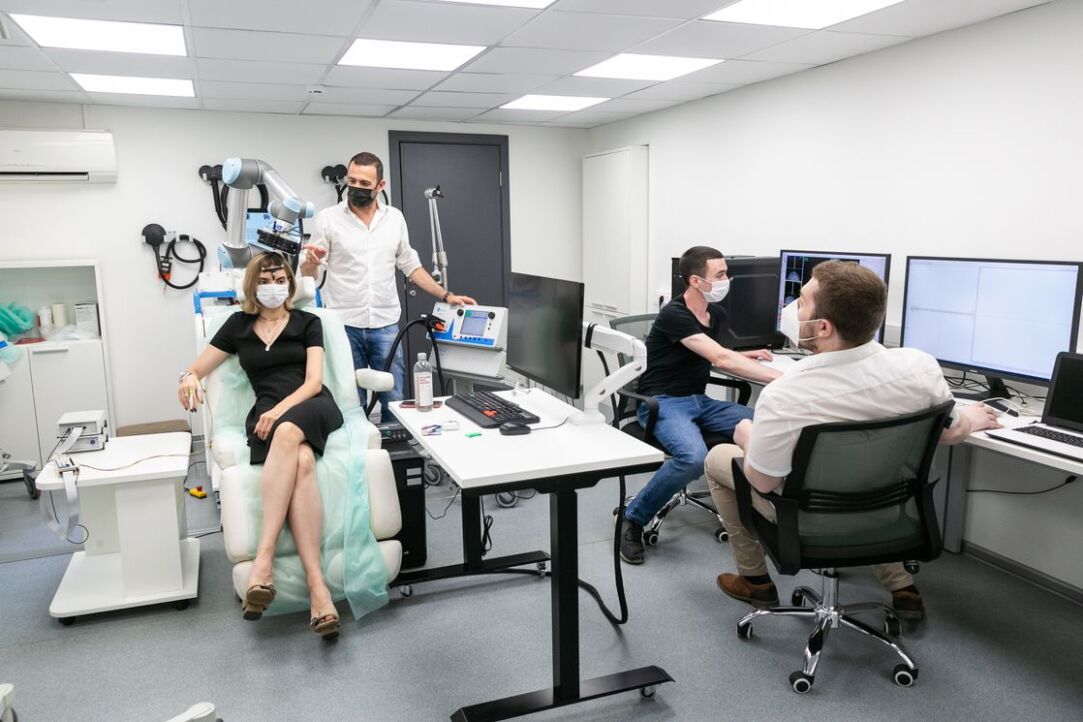
‘We Are Developing Technologies to Support People and Strengthen the Intellect’
HSE News Service spoke to Director of the Institute of Cognitive Neurosciences, Head of the Centre for Cognition and Decision Making at HSE University, Anna Shestakova about the achievements and goals of the new HSE University’s strategic project ‘Human Brain Resilience: Neurocognitive Technologies for Adaptation, Learning, Development, and Rehabilitation in a Changing Environment’.

HSE Scientists Investigate Third-Party Punishment for Unfairness
HSE researchers have examined the brain's reaction to violations of social norms and calculated a behavioural index to assess an individual's sensitivity to unfairness. This index can potentially be used to develop individualised rehabilitation programmes for patients with various types of behavioural disorders. The study has been published in Neuroscience Letters.
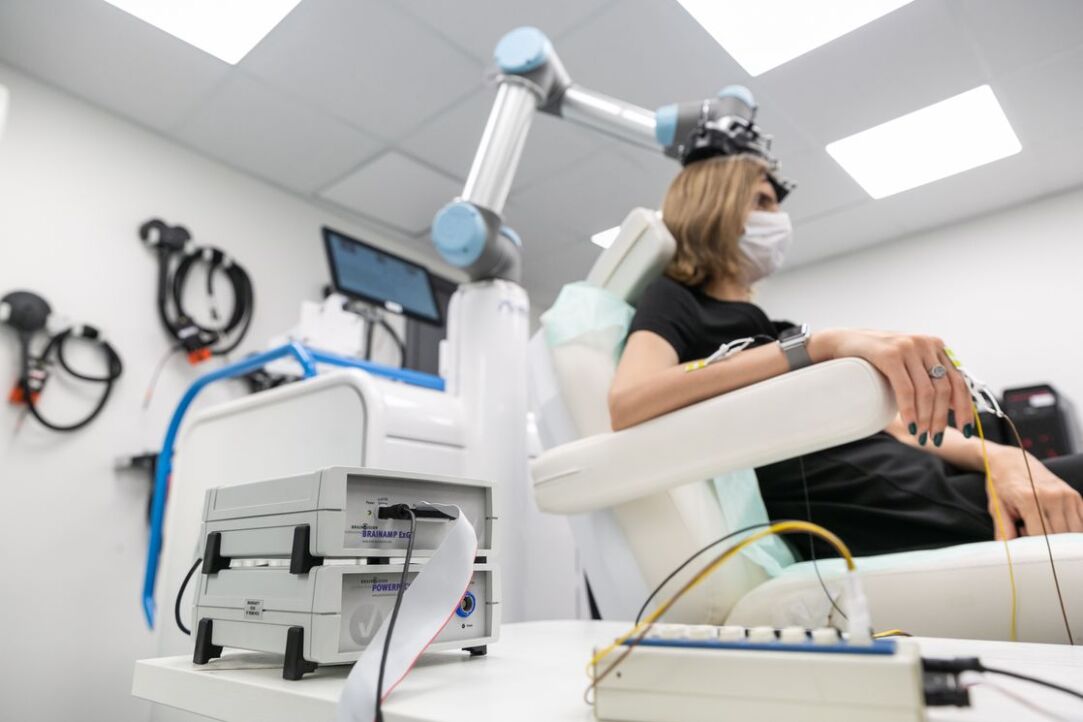
Leading HSE University Scientists to Receive Grants from Ideas Research Centre for Neuroscience Research
The Ideas Centre for Advanced Interdisciplinary Research has announced the results of its 2023 competition. Five leading neuroscientists will receive grants to open graduate positions for early-career researchers who want to work on solutions to fundamental problems in this area. Three of the competition winners are scientists from HSE University: Matteo Feurra (HSE University in Moscow), Anastasia Kolmogorova (HSE University in St Petersburg), and Sofia Kulikova (HSE University in Perm).

Patrons' Brain Activity while Viewing Menu Items Can Predict Restaurant Sales
A positive correlation has been discovered between the neural activity in the nucleus accumbens of study participants as they were presented with photographs of dishes from the menu of the Chaihona No. 1 restaurant chain and the sales performance of said dishes in the chain's establishments. This finding was made by a team of researchers of the HSE Institute for Cognitive Neuroscience, Lomonosov Moscow State University, and ETH Zurich (Switzerland). The study findings have been published in PLoS One.

Bilingualism and Dementia: How a Second Language Protects Against Cognitive Aging
People who are fluent in two or more languages are less susceptible to age-related mental disorders. They more quickly process information and make decisions, have better memories, and can even better identify emotions. Scientists from various countries discussed the influence of a second language on the processes of cognitive aging at the international symposium ‘Bilingualism: Proper Learning, Effective Communication, and Pleasant Old Age’ hosted by HSE University.

Microgravity Rewires Connectivity in Cosmonauts' Brains
After studying the brain scans of 13 Russian cosmonauts who participated in space missions to the ISS from 2014 to 2020, scientists discovered that prolonged exposure to microgravity had an impact on the connectivity of the brain structures responsible for adapting to unfamiliar conditions. The study revealed that these connections may not always return to their original state after the flight. The paper has been published in Communications Biology.
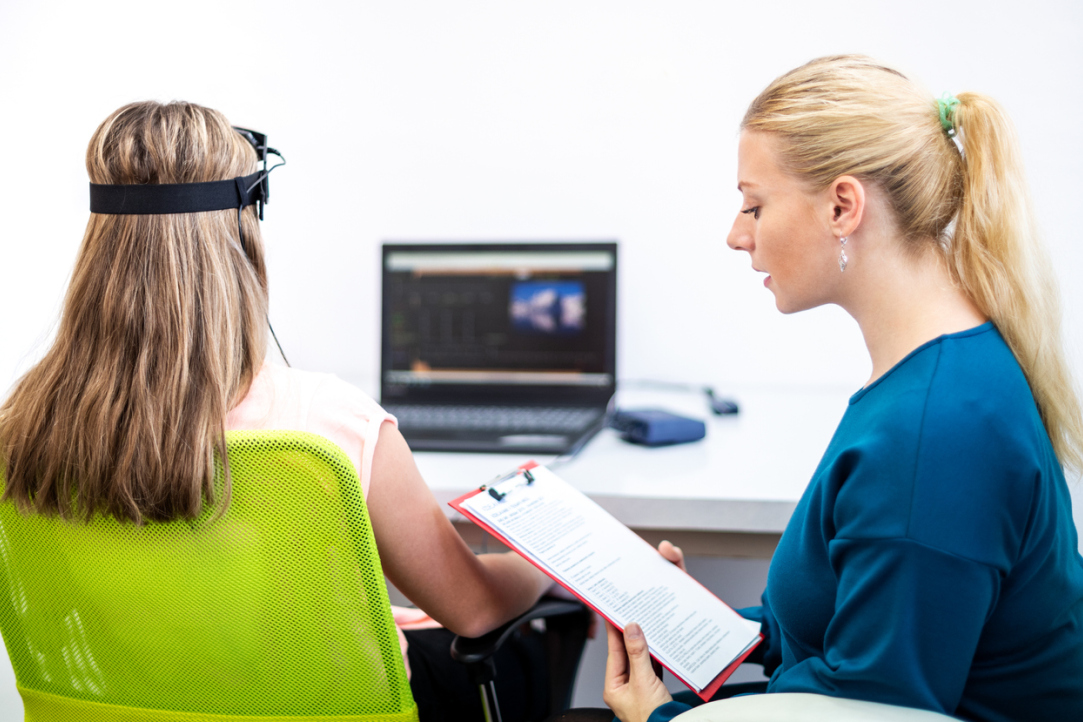
EEG and Eye Tracking Help Calculate Attentional Engagement Index
Researchers at the HSE Institute of Cognitive Neuroscience have discovered that analysing the electrical activity in the brains of a small group of people and studying their visual attention makes it possible to predict the impact of an online advertising campaign on a much larger group of 300,000 consumers. The paper has been published in Brain Sciences.

HSE Researchers Can Now Measure Individual Decision-making Time
HSE researchers have developed an algorithm for estimating individual response preparation period duration. Their approach can help diagnose disruptions in decision-making and motor functions associated with certain diseases. The study findings are published in PLoS ONE. The research was financed by a megagrant from the Russian government as part of the 'Science and Universities' National Project.

